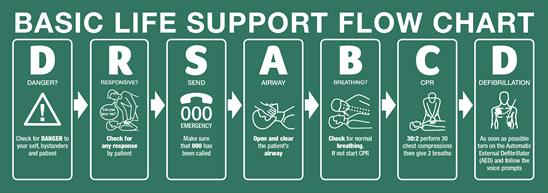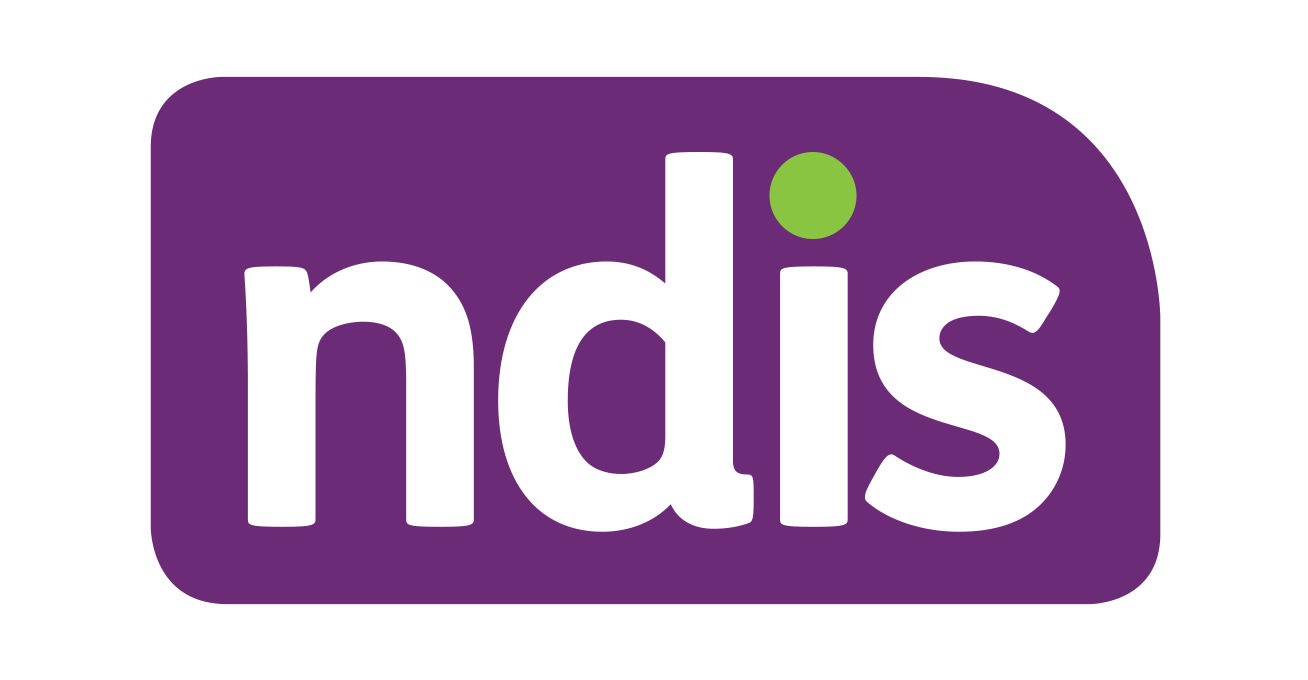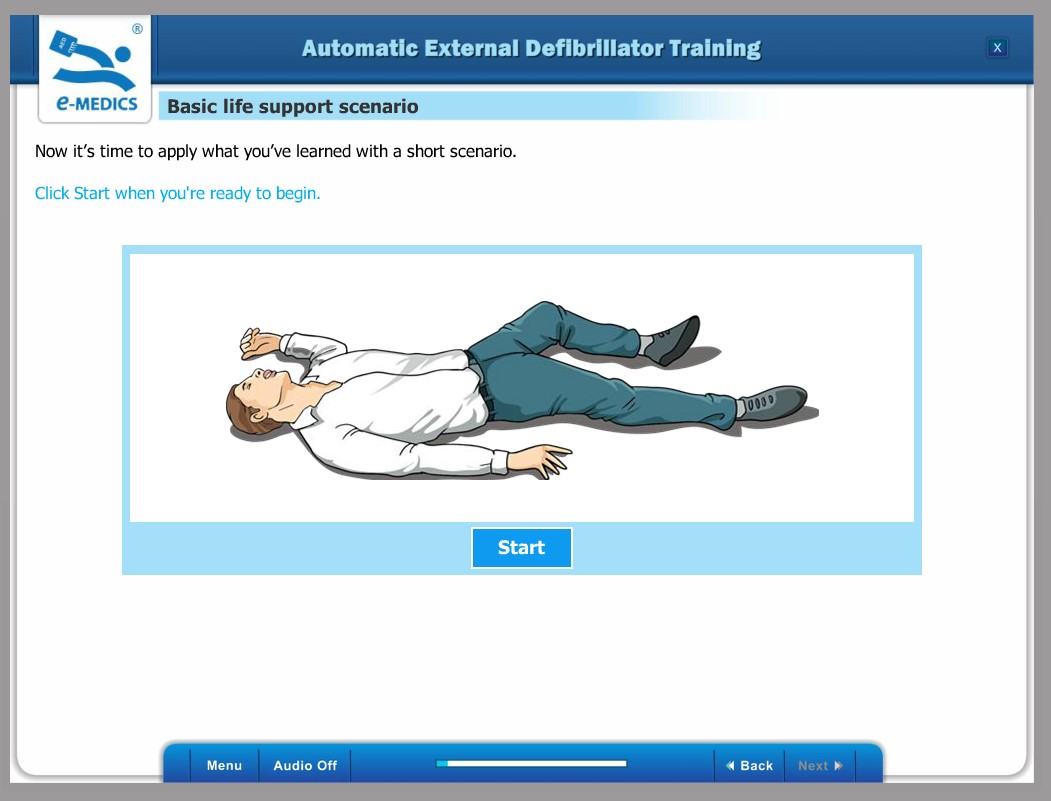
How to use an AED (Automatic External Defibrillator)
AEDs (Automatic External Defibrillators), when used within the first 3-5 minutes of a person suffering a Sudden Cardiac Arrest (SCA) can dramatically increase a victims chance of survival from currently what is currently less 5% to as much as 70% and higher with a defibrillator on the scene. AEDs were designed to be used by virtually anyone with little or no experience.
An AED will automatically analyse the heart rhythm of a pulse less victim and, if the victim is in ventricular fibrillation (VF) or ventricular tachycardia (VT), shock the victim's heart in an attempt to restore its rhythm to normal. AEDs will not shock patients who do not require a shock.
When a heart is in VF, it is still receiving nerve impulses from the brain. These impulses are simply firing so chaotically that the heart cannot produce a "beat;" it cannot expel enough blood to keep the circulatory system flowing through the body. Brain cells begin to die after 4-6 minutes of oxygen deprivation.
The heart will continue its uncoordinated twitching or fluttering until it is no longer receiving electrical impulses from the brain and thus stops all together, or until the heart is shocked back into a normal rhythm, which is where an AED comes in. An AED stops the heart from its spasm by shocking it. This allows the nerve impulses a chance to resume their normal pattern, which, in turn, allows the heart to resume beating at its normal pace.
The ONLY definitive treatment for ventricular fibrillation (VF) is DE-FIBRILLATION
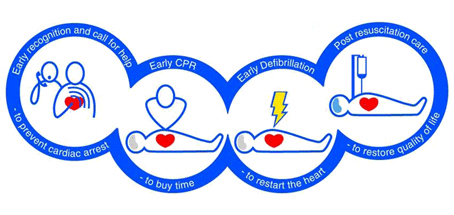
The AED will guide you through the entire process until help has arrived.
Follow the visual & voice prompts of the AED
1. Call 000.
If you see someone collapse, immediately call 000 and get the paramedics en route. If there are other people around, choose someone specific and instruct them to call 000 and explain the situation. This decreases confusion about who should do what and ensures that the call is being placed.
2. Check the victim's breathing and airway.
If someone has collapsed, you should immediately determine whether they are breathing. If the victim is breathing, you know that they have a pulse. If the victim is not breathing, check the airway is clear then begin CPR by giving 30 chest compressions at a depth of one third (1/3) of the chest thickness and then give 2 breaths.
3. Locate an AED.
If there is an AED nearby, ask a bystander bring the AED to you while you continue CPR. Apply the AED electrode pads to the bare chest of the victim and follow the prompts as instructed. Uninterrupted CPR is an important factor in increasing the recovery rate of cardiac arrest patients.4. Turn on the AED.
Follow the visual & voice prompts of the AED
5. Attach the electrode pads to patients bare chest. (Expose the patients bare chest, male or female)
First ensure that the adhesive AED pads are attached to a cable, which is plugged into the AED machine. Then bare the victim's chest including females and attach the adhesive AED pads in the appropriate locations. The AED should include a diagram (typically on the adhesive pads themselves) indicating where each pad placed on the patients chest. It is important not to touch the victim while the AED is "analysing" as it may detect your heart rhythm.
6. Always follow the instructions of the AED.
Note: CPR should not be interrupted while the adhesive electrode pads are being applied.
Two Piece Electrode Pads
Male
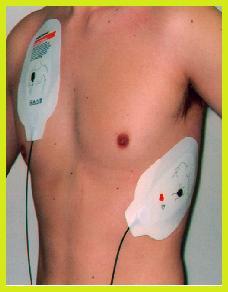
Female
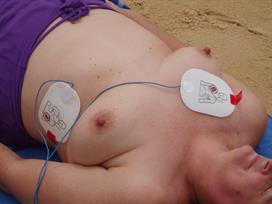
One piece Electrode Pads
Male
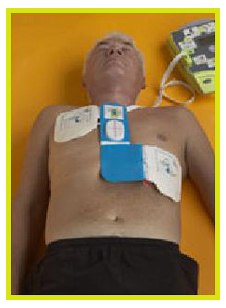
Analysing the victims’ heart rhythm.
The AED may instruct you to “Stop CPR, do not touch patient, analysing”. The rescuer will then say "CLEAR!" to ensure that nobody is touching the victim while the AED analyses the victims heart rhythm. A shock is only indicated if the victim's heart is in ventricular fibrillation (VF) or ventricular tachycardia (VT). The AED will automatically analyse the heart rhythm of the victim and inform you, the rescuer, whether a shock is advised.
If you get a "no shock advised" instruction from the AED it can mean the victim is not in a 'shockable' rhythm
- (i.e. not ventricular fibrillation (VT) or ventricular tachycardia (VT).
Follow the visual & voice prompts of the AED
Delivering a shock to the victim.
If the AED indicates that a shock is required, make sure that everyone is “CLEAR” of the victim. Tell everyone assisting you to stay clear of the victim and ensure that you are clear of the victim as well. Then press the shock button on the AED machine to deliver the first shock. (Fully automatic AED will shock the victim automatically) Immediately following the shock, begin 2 minutes of CPR as instructed by the AED.
- Perform CPR in cycles of 30 chest compressions to 2 breaths for 2 mins or until the AED informs you to "Stop CPR"
Note: Do not remove the AED chest pads while performing CPR.
Follow the visual & voice prompts of the AED
Check the victim's rhythm.
After 2 minutes the AED will say “Stop CPR, analysing” The AED is now analysing the victim to see whether a shockable rhythm is present and instruct you again either “ Shock advised” or “No Shock advised”, continue CPR in intervals of 2 mins or until help arrives.
If the AED gives a "no shock advised" message after any analysis, check the victim's pulse and breathing. If a pulse is present, monitor the victim's airway and provide rescue breathing as needed.
Follow the visual & voice prompts of the AED
SAFETY
Do not use on conductive surfaces - water - fluids - metals if you can avoid them.
Do not operate an AED if under the effects of ALCOHOL or DRUGS
Do not touch patient when shock therapy is being delivered.
Do not use in an explosive environment, eg oxygen enriched, gaseous or fume environment
There are many different AED designs, but all are created with simplicity in mind. Many models will audibly instruct the rescuer about exactly what to do during each step of the process (i.e. “stand back” and “check breathing and pulse”). Some will even deliver the shocks automatically. As long as you understand the general principles behind an AED, you may be able to save someone’s life.
